Think You Deleted That Tweet? The Internet Disagrees
Share

You deleted an old tweet thinking it vanished from the internet forever — but it’s still there. Somewhere, somehow. Archived, scraped, or cached, your deleted posts may live on in ways that surprise (and embarrass) many users. Whether it’s screenshots, third-party data collectors, or web archives, deleted tweets can persist indefinitely — creating privacy, reputational, and even legal risks.
This article unpacks why your deleted tweets may still be visible, where they end up, how data persistence works on social platforms, and what you can actually do to minimize your digital footprint — all with a focus on data protection and compliance under global laws like the GDPR and NDPA.
The Hard Truth
Deleting a tweet doesn’t guarantee deletion. Once content is public, copies can exist on servers, search engines, third-party apps, or archives long after removal.
How Twitter Handles Deleted Tweets (According to Policy)
- When you delete a tweet, Twitter removes it from your profile, timeline, and followers’ feeds.
- However, copies may persist in:
- Twitter’s backup systems (temporary storage for reliability and compliance).
- Search engine caches (Google, Bing, DuckDuckGo, etc.).
- Third-party apps that used Twitter’s API to store tweet data.
- Archiving tools like the Wayback Machine or Archive.today.
Twitter itself states that deleted tweets “may remain in backups for a limited period.” But in the data world, “limited” could mean weeks, months, or indefinitely — depending on the system.
The Many Places Deleted Tweets Still Exist
| Source | How It Happens | Example |
|---|---|---|
| Web Archives | Tools like Wayback Machine periodically crawl Twitter pages and store snapshots. | Old deleted tweets resurfacing years later. |
| Search Engine Caches | Cached versions of Twitter pages can linger in Google search results. | Typing your handle + keywords may still show deleted content. |
| Screenshots and Reposts | Users capture tweets before deletion. | Viral controversies or scandals that resurface with screenshots. |
| Third-Party Data Brokers | Some analytics sites store massive tweet datasets for research or marketing. | Academic datasets like TweetSets, Gnip archives. |
| Twitter API Data Dumps | Developers or researchers may have accessed your tweets before deletion. | Public GitHub repos with scraped tweets. |
| Media Articles | Journalists embed tweets directly; even after deletion, cached versions remain in archives. | News sites quoting a deleted celebrity tweet. |
Real-Life Examples
- Elon Musk’s Deleted Tweets Still Circulated
Several of Musk’s deleted tweets have appeared on media outlets and archives because journalists and bots routinely monitor his account. - The “Politician Delete” Phenomenon
Politicians often delete controversial tweets — yet watchdogs like Politwoops automatically archive and republish them to ensure accountability. - Ordinary Users, Extraordinary Consequences
Job applicants have lost opportunities because recruiters found screenshots of deleted tweets, even years later.
These examples show that deletion doesn’t equal disappearance — it’s merely removal from sight.
Why Deleted Tweets Persist — The Technical Explanation
- Distributed Data Storage: Twitter operates servers worldwide, and data replication ensures reliability. Once replicated, deletion takes time to propagate.
- APIs and Data Export: Third-party apps and researchers may have already pulled data before deletion.
- Caching: Search engines and browsers keep copies for speed — not privacy.
- Archiving Behavior: Bots, journalists, and activists use automated systems to save public posts before they vanish.
- Screenshot Culture: Humans love “receipts.” Deleting doesn’t stop sharing.
Privacy & Compliance Implications
Under data protection laws like:
- GDPR (Article 17) — The Right to Erasure (“Right to be Forgotten”) gives individuals control over their personal data.
- Nigeria’s NDPA (2023) — Grants similar rights for data subjects to request deletion or withdrawal of consent.
However, platforms and third parties may lawfully retain data for:
- Compliance with legal obligations.
- Archival purposes in the public interest.
- Research or historical documentation.
That means your “deleted” tweet could still exist under lawful retention exceptions.
What You Can Do to Truly Minimize Exposure
| Action | Description | Effectiveness |
|---|---|---|
| Use Twitter’s data download tool | Review what Twitter still stores about you. | Medium |
| Request erasure via privacy request | Submit a GDPR/NDPA erasure request to Twitter. | Medium–High |
| Use tweet-deletion tools | Apps like TweetDelete or Semiphemeral can bulk-delete and schedule ongoing cleanup. | High |
| Block crawlers with robots.txt (if embedding tweets on your site) | Prevent further archiving. | Medium |
| Avoid public posting of sensitive info | Prevention is always better than deletion. | High |
| Monitor archives | Check Archive.org or Archive.today for your handle. | Medium |
FAQs
Q — Are deleted tweets gone from Twitter’s servers?
They’re removed from your profile but may remain in backups for a limited period.
Q — Can I force Google to remove cached tweets?
Yes, through Google’s Remove Outdated Content tool — though third-party sites may still hold copies.
Q — Are screenshots illegal to share after deletion?
Not necessarily, but redistribution of private or defamatory content may violate privacy or copyright laws.
Q — What’s the safest way to manage old tweets?
Use deletion tools and avoid posting sensitive or controversial material publicly.
Q — Can I invoke the Right to Be Forgotten for tweets?
Yes, under GDPR or NDPA you can request erasure — but success depends on jurisdiction and platform policy.
Key Takeaway
Digital deletion is a myth without full control of all copies. Tweets — like most online content — are inherently replicable. While legal frameworks like the GDPR strengthen user rights, technical and social realities mean prevention, not deletion, remains the most effective privacy defense.
In a world of screenshots, APIs, and archives, think before you tweet is more than advice — it’s a data protection principle.
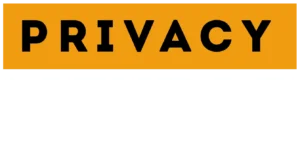










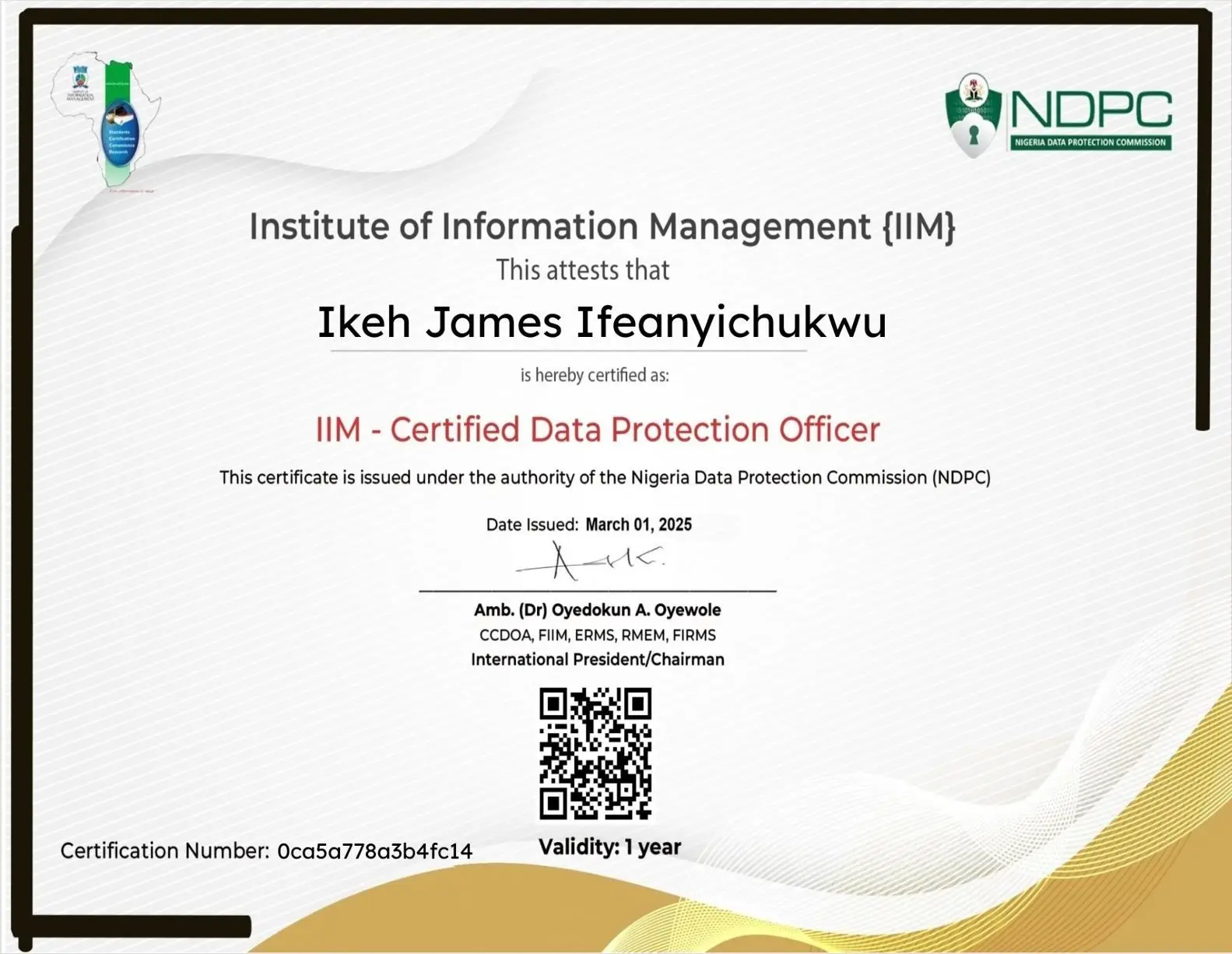














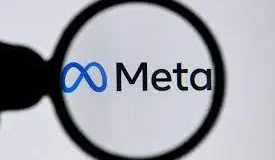
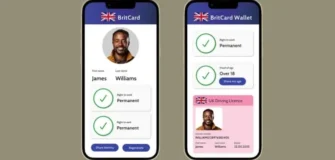

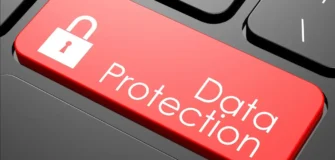







Leave a Reply